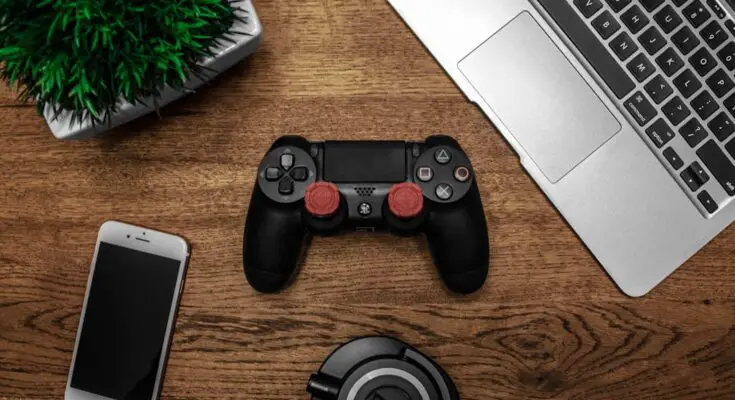Learning how to provide first aid, basic life support, and CPR (cardiopulmonary resuscitation) can save lives.
But let’s be honest – the topics can seem dry and boring, especially for young students. That’s why making the lessons engaging through games is so important!
Games make the learning process way more fun and interactive.
And you know what? Studies show games actually help boost knowledge retention too!
So how can trainers use games to teach these vital skills?
Let’s look at some great methods, along with tips for creating effective, memorable lessons.
Explaining CPR, BLS, and First Aid
What Is CPR?
First, a quick review of key concepts.
CPR is an emergency procedure performed when someone’s breathing or heart has stopped.
It combines chest compressions and rescue breaths to pump oxygenated blood throughout the body.
Proper CPR can restart the heart and keep oxygen flowing to the brain until advanced medical help arrives.
What Is Basic Life Support?
Basic life support means the care given to a victim of life-threatening illness or injury until full medical treatment is available.
It covers CPR, controlling bleeding, treating burns and injuries, and more.
Having these skills can truly make a lifesaving difference.
What Is First Aid?
First aid refers to the initial assistance provided to someone who is injured or ill, with measures taken to preserve life, prevent the situation from becoming worse, and promote recovery.
Common first aid actions include cleaning wounds, applying bandages, immobilizing fractures, and other stabilizing steps.
Using Games for Learning Basic First Aid
Okay, now that we’ve covered the basics, let’s talk about games!
Gamifying these lessons makes them way more memorable and fun. Here are some top tips:
Quizzes and Trivia Games
Create quiz-style games with questions testing CPR, first aid, and life support knowledge. You can use print-out cards, digital quizzes, or make it like a live game show!
Tossing a soft ball to pick questioners, giving points for correct answers – anything to make it interactive and engaging.
Quizzes reinforce key steps, facts, and procedures.
Hands-On Skill Practice
Set up stations where students can walk through different first aid skills using fun props and scenarios.
For example, one station could have a CPR dummy for chest compression practice.
Another could have fake wounds for applying bandages and splints. Switching between stations in a game-like format makes it way more interactive than just lecturing.
Visual Games and Puzzles
Our brains process visuals super quickly.
So having students assemble puzzles, match picture cards, or engage with scene visuals related to CPR/first aid is extremely effective for solidifying concepts.
You can have them put injury pictures and treatments in order, arrange the CPR steps visually, and more.
Role Playing and Skits
Role-playing brings these lessons to life!
Have students act out different first aid scenarios – one could be unconscious needing CPR, one could have a bleeding leg wound, etc.
Others can jump in with proper response actions. You can make it light-hearted and fun while reinforcing the real skills.
Video Game Challenges
Thanks to modern tech, you can turn first aid lessons into video game-style challenges too!
Have students follow prompts on-screen, steer avatars through emergency scenarios, and earn points or achievement badges for proper actions.
The video game format makes the material feel way more exciting and addictive to learn.
No matter which types of games and activities you use, the key is making the lessons as hands-on, visual, and interactive as possible.
Constant movement, friendly competition, humor, and opportunities to demonstrate learning in creative ways is what builds strong retention.
Boost Engagement with Visuals
As mentioned, our brains process visuals super efficiently. So filling your training with visual aids is crucial for reinforcing concepts in an engaging, memorable way.
Some super effective visual tools include:
• Posters and diagrams clearly showing procedure steps
• Videos of proper techniques in action
• Projection of scenario images and injuries
• Real medical equipment like CPR dummies and first aid kits
• Props like fake wounds, bandages, splints, etc.
Mixing visuals into your game-based activities amplifies the learning even more. For example, having students solve a puzzle by arranging CPR procedure visuals in order. Or challenging them to watch a clip and identify the correct first aid steps acted out.
Make It Relevant
Finally, remember to make your real-world examples and scenarios feel relevant to your students’ actual lives.
They’ll learn better if they can imagine needing to use CPR on a grandparent, sibling, or friend rather than just a random person.
Use case studies they can relate to, like a child getting a bloody nose at school, a parent having a heart attack, or a friend passed out at a party.
Putting a personal spin on the practice scenarios makes the lessons feel way more meaningful and motivates students to truly master the skills.
So don’t be afraid to get creative, interactive, and even silly with your CPR, first aid, and life support training!
Games, friendly competition, visuals, and realistic practice make these lifesaving lessons way more engaging and memorable – which means your students will be way better prepared when real emergencies strike.
If you are interested in first aid training, cpr training and in-person basic life support training, check out the Caring For Care Ltd website as there are great reviews about their first aid training courses.



